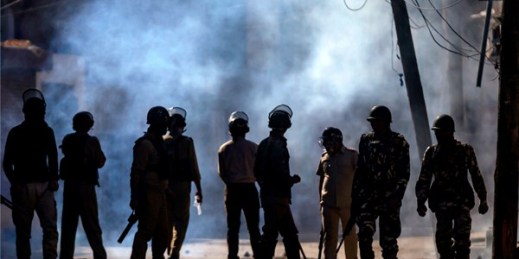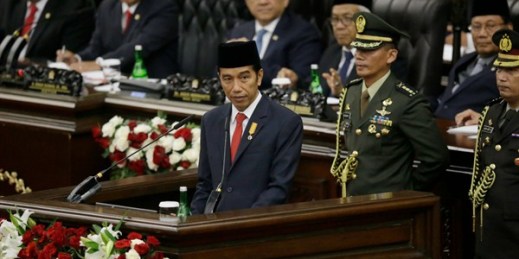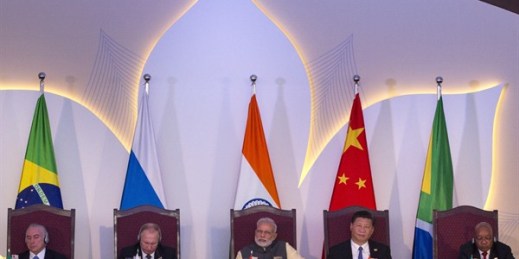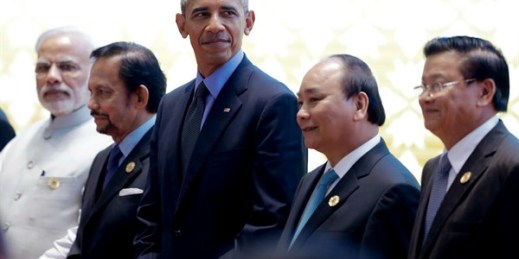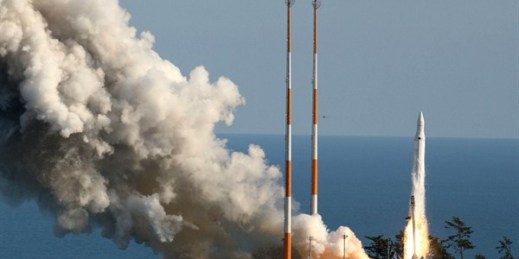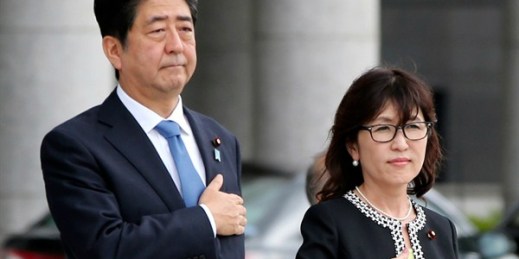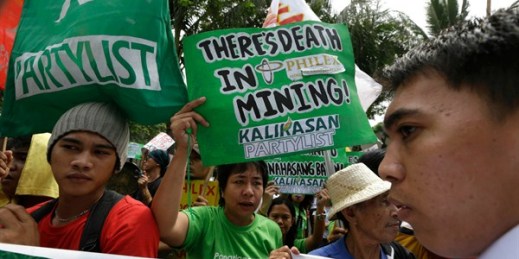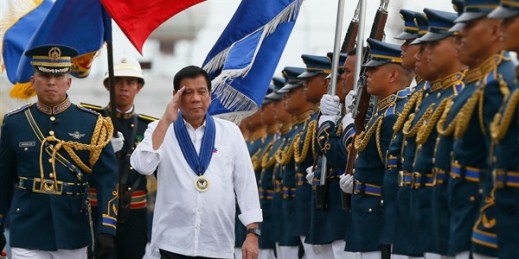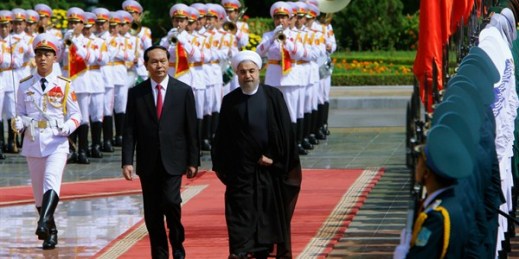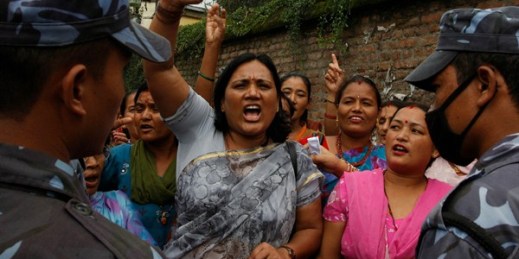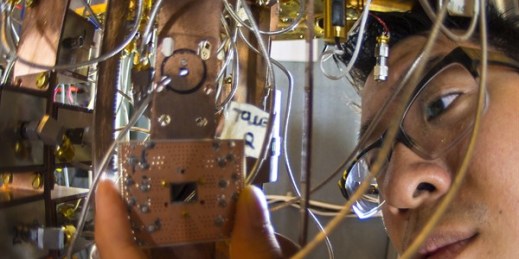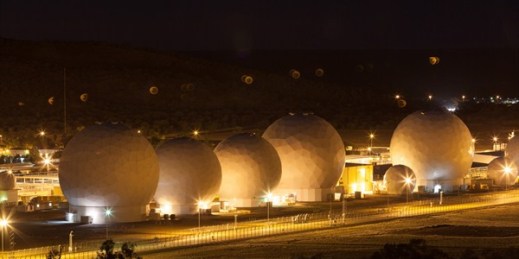
Editor’s note: This article is part of an ongoing WPR series on a range of countries’ space priorities and programs. Engineers from the University of New South Wales Canberra and the Defense Science and Technology Group announced last week that a new miniature cube satellite called Buccaneer, which will look at ways to better predict the orbits of space objects, is ready to be launched. In an email interview, Brett Biddington, the founder of Biddington Research, a space and cyber policy consulting firm, discusses Australia’s space policy. WPR: What are Australia’s space capabilities, in terms of its domestic public and […]

